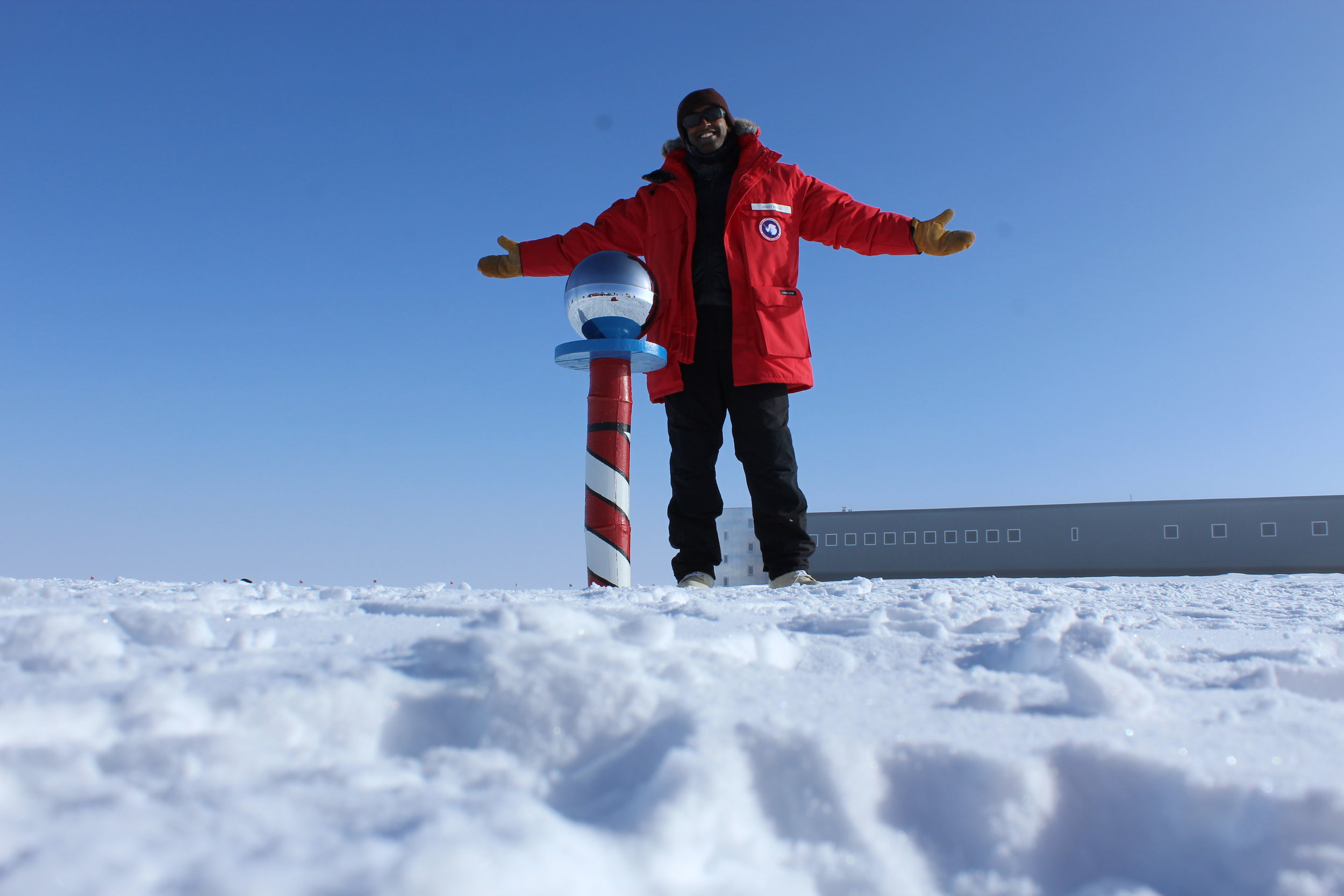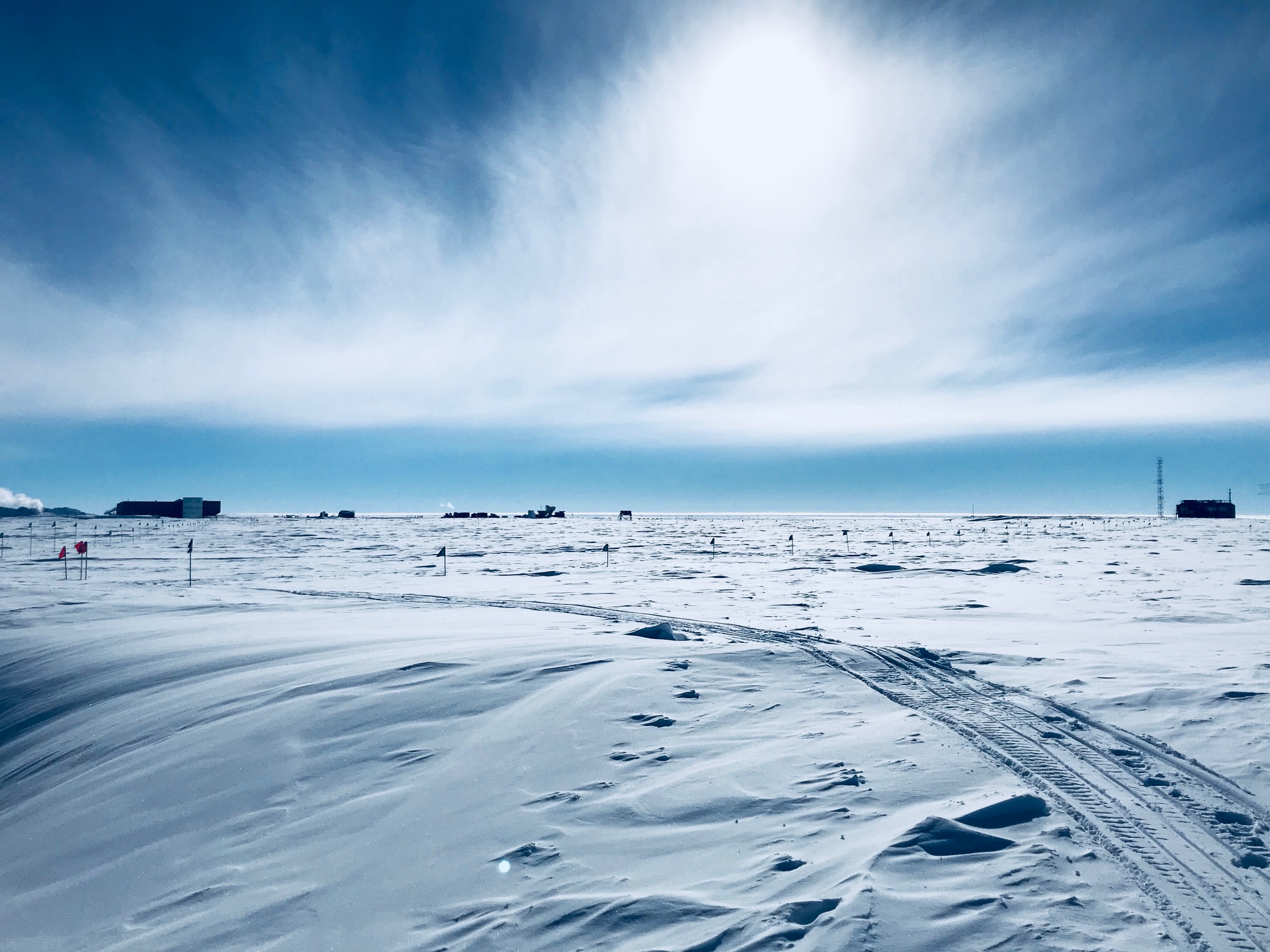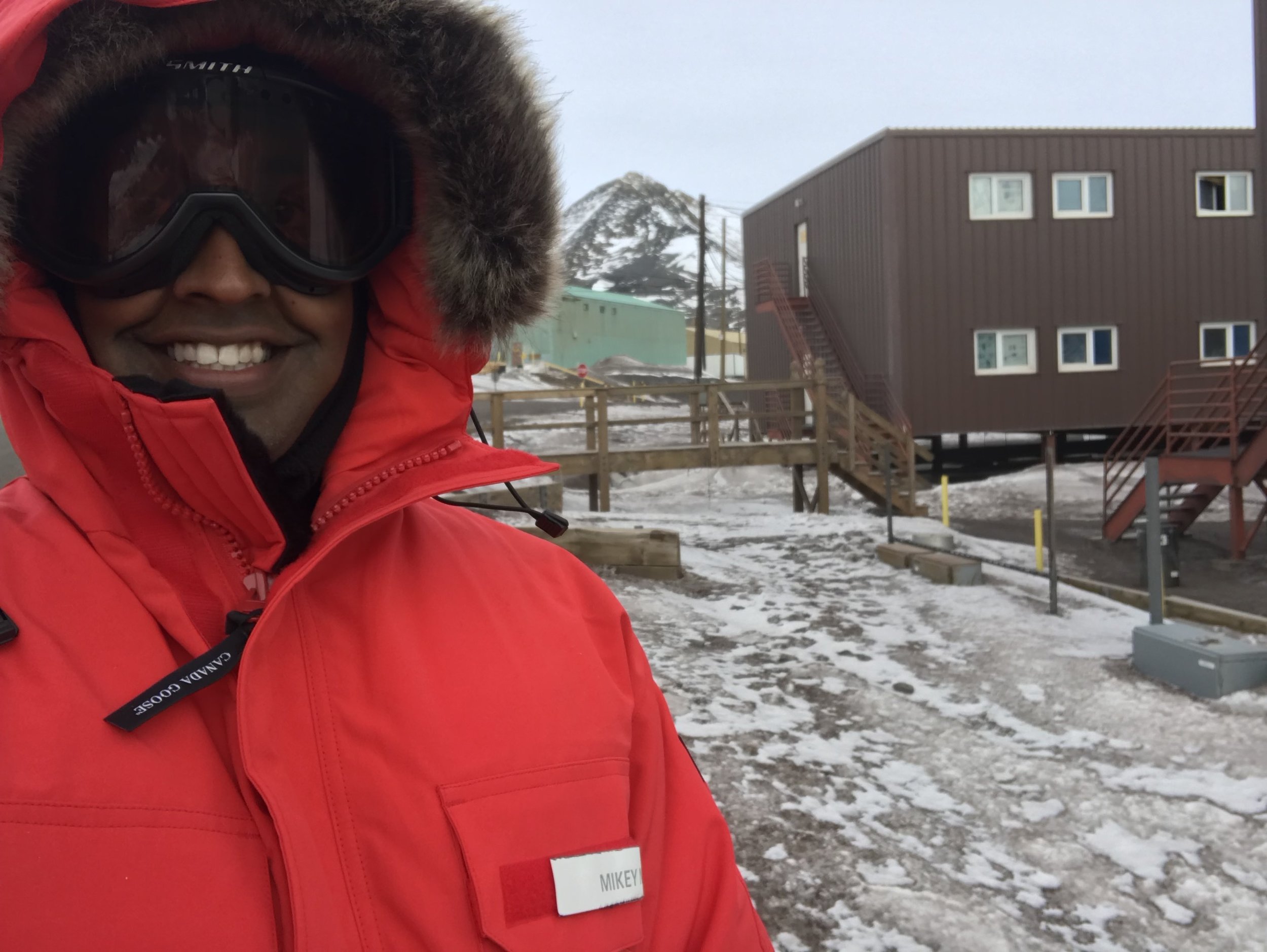long-duration antarctic night and daytime imaging telescope (LANDIT)
LANDIT aims to undertake a unique and fundamental investigation into the internal structure of solar system giant planets Jupiter and Saturn, to discriminate between competing models for their formation, and subsequently advance our understanding of solar system evolution.
With the Lightweight Antarctic Day and Night Imaging Telescope (LANDIT), this project will provide the first unambiguous identification or normal modes of oscillation of Jupiter and Saturn, providing a probe into their deep internal structure and rotation profiles. Similar measurements will be made on geosynchronous satellites.
Check out my 18-part blog, for details of my Antarctic adventures in 2018!
Link to Chapter 18: A Hui Hui Kākou and Aloha
Link to Chapter 17: McMurdo, The Big Town of Antarctica
Link to Chapter 16: To All Points North
Link to Chapter 15: The South Pole Traverse Arrives
Link to Chapter 14: Two pictures to sum it all up.
Link to Chapter 13: Visual tour of South Pole Station.
Link to Chapter 12: What is LANDIT, and why does it need the South Pole?
Link to Chapter 11: Work at the South Pole.
Link to Chapter 10: Thank you, friends.
Link to Chapter 9: At the bottom of the world
Link to Chapter 8: Onward, Southward!
Link to Chapter 7: Exploring McMurdo Station
Link to Chapter 6: Touchdown Antarctica
Link to Chapter 5: Flight Day!
Link to Chapter 4: ECWs
Link to Chapter 3: Christchurch!
Link to Chapter 2: Auckland
Link to Chapter 1: From Hawaii to Antarctica

more Details on landit science?
Click here.

National science foundation

air force office of scientific research

















